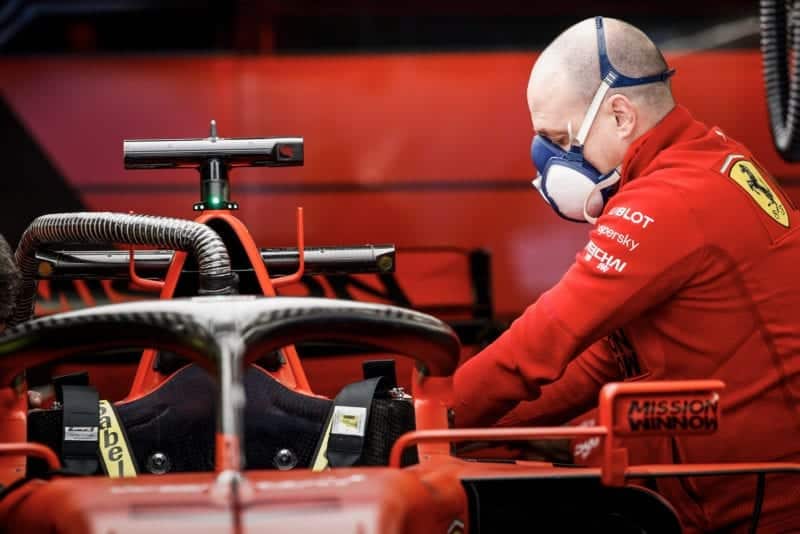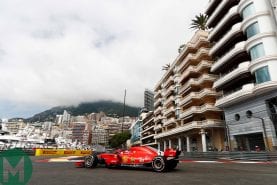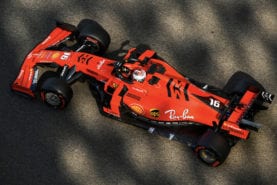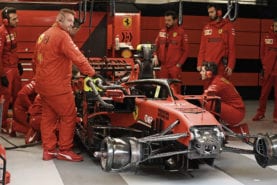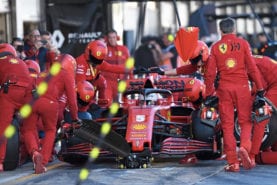Following the rise in performance of Ferrari during the initial stages of the 2018 season, rivals Mercedes and Red Bull began to speculate as to illegal methods of boosting power unit performance, and ideas started to form on how the Italian team might be doing so.
By Monaco of 2018, conjecture from rival teams had reached a point where the FIA allegedly fitted an extra sensor to the supposed second battery on the Ferrari car to monitor energy output, yet race director Charlie Whiting categorically denied the team was utilising such a solution at the time.
Later in the season, Whiting also moved to deny theories that Ferrari’s loss of performance was due to a second sensor being fitted to the theorised second battery.
Though ideas relating to a second battery allowing the Scuderia to bypass energy limits wouldn’t fade away, the exact methods in which they were able to do so only evolved from this point on.
June 2019, Ferrari power attracts attention from rivals
As early as the Canadian Grand Prix of 2019, rival teams began to question the level of power Ferrari could achieve with its power unit once more.
